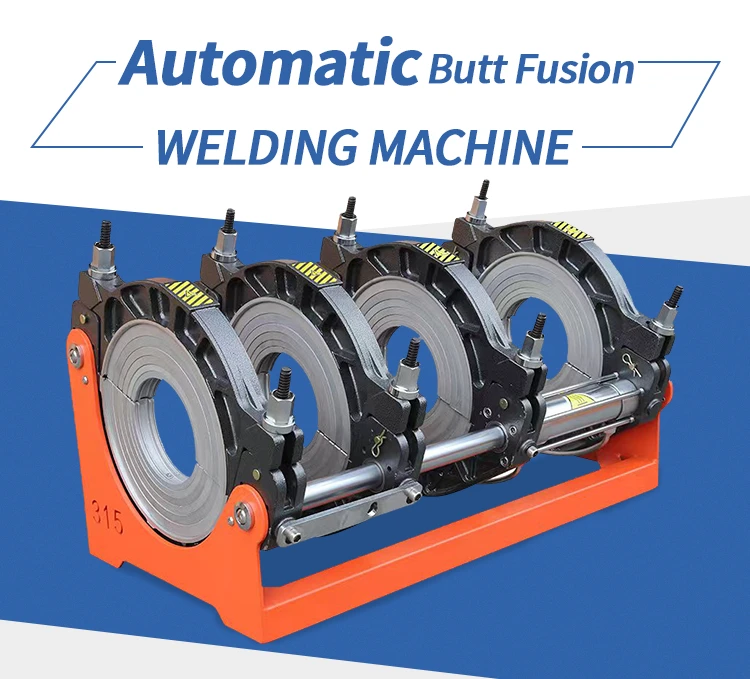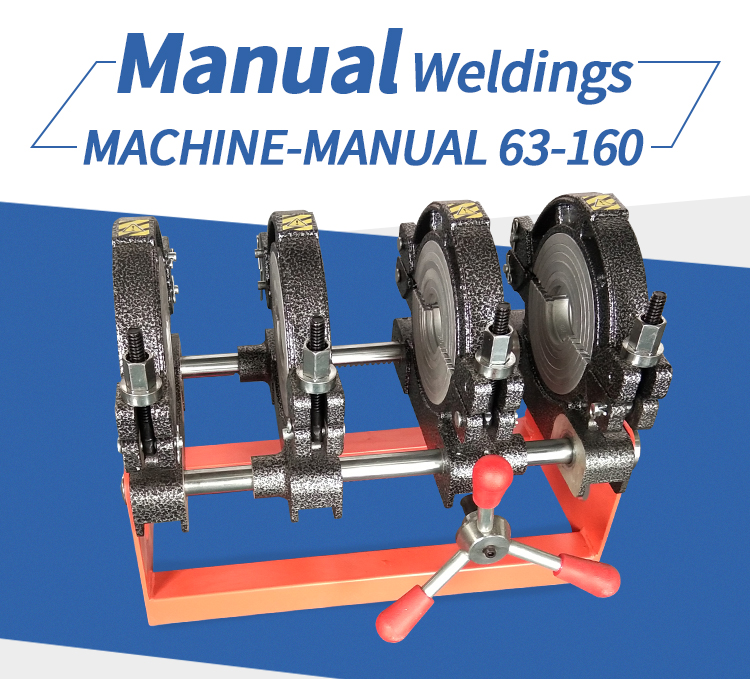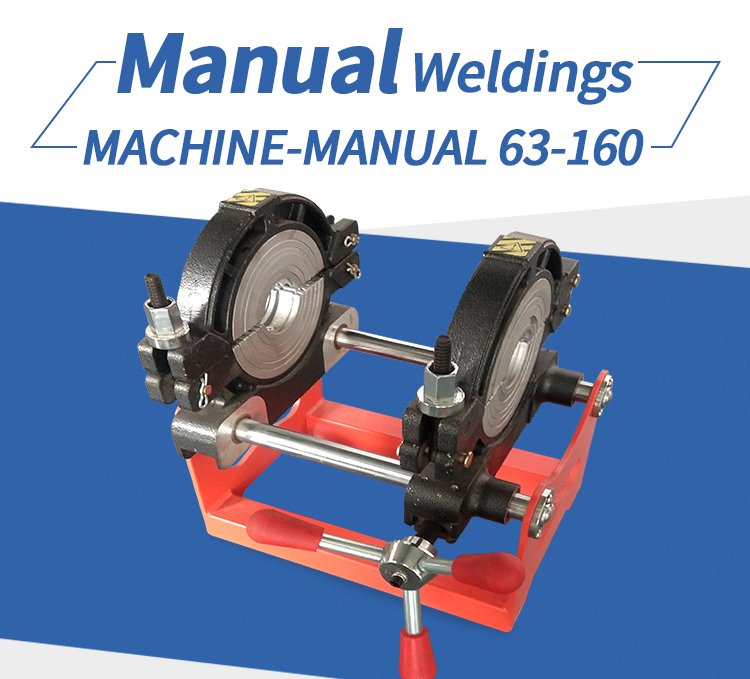What is an SMC septic tank?
SMC septic tanks are designed to hold and treat wastewater prior to its release into the soil. They’re usually made of polyethylene plastic, which is corrosion-resistant, durable, and easy to maintain. An SMC septic tank is installed in the ground and connected to a nearby drain field. The tank’s job is to temporarily hold wastewater and remove as much solids as possible through anaerobic digestion (without oxygen). This process of anaerobic digestion allows the septic tank to break down waste more efficiently than aerobic digestion, which is what happens in traditional septic tanks. An SMC septic tank can be used as a primary wastewater treatment device, or in tandem with a secondary system such as a sand filter. There are two main types of SMC septic tanks: SMS septic tanks are preferred for commercial applications and are often used for large residential properties. SSP septic tanks, on the other hand, are often used in residential settings.
Advantages of SMC septic tanks
SMC septic tanks are often chosen over traditional septic tanks due to the advantages they offer. These advantages include: - Improved septic tank performance: An SMC septic tank can treat wastewater more efficiently than a traditional septic tank, resulting in more efficient wastewater treatment. - Reduced septic tank maintenance: Traditional septic tanks require periodic cleaning and maintenance, while SMC septic tanks have an expected service life of 15 years or more. Once installed, SMC septic tanks require little to no maintenance. - Lower septic tank costs: Traditional septic tanks and the installation of a drain field can be costly, and they’re subject to soil conditions and other site-specific factors. In contrast, SMC septic tanks are relatively inexpensive, and their installation is straightforward. - Ease of installation: Traditional septic tanks require a concrete base and nearby drain field, but SMC septic tanks can be installed in a variety of soils and can even be installed above ground.
How to install an SMC septic tank
Traditional septic tanks are installed in a concrete foundation and connected to a drain field with an underground pipeline. In contrast, SMC septic tanks can be installed above ground or in a variety of soils, such as sand, gravel, or clay. To install an SMC septic tank above ground, you’ll need to dig a hole large enough to accommodate the tank, including the inlet and outlet piping. Before installing the septic tank, you’ll need to test your soil to make sure it can support the tank. Once you’ve found a suitable soil, you’ll need to find a level spot to dig the hole. Once the hole is dug, you can set the SMC septic tank in place, making sure the inlet and outlet are in the correct position. You can then backfill the soil around the septic tank, leaving a small gap between the ground and the tank. It’s important that the septic tank not come in direct contact with the soil. It should remain above ground with a layer of gravel or sand between it and the soil to act as a filter.
Maintaining an SMC septic tank
In addition to periodic cleaning, traditional septic tanks also require regular pumping to maintain proper septic tank function and longevity. In contrast, SMC septic tanks do not require pumping, and therefore no maintenance is required for the tank itself. However, the surrounding area does require regular maintenance and inspection. The drain field should be cleaned and inspected at least once a year to ensure the soil is receiving wastewater and not backing up. The maintenance of the drain field should be the responsibility of the homeowner.
Benefits of SMC septic tanks
As we’ve discussed, there are many benefits to using an SMC septic tank over a traditional septic tank. Some of the top benefits of SMC septic tanks include: - Improved septic tank performance: Traditional septic tanks can experience reduced performance due to a variety of site-specific factors. In contrast, SMC septic tanks are designed to handle a wide range of soil conditions, and they can provide reliable performance regardless of soil type. - Reduced septic tank maintenance: Traditional septic tanks require periodic maintenance, such as cleaning, pumping, and inspection. In contrast, SMC septic tanks do not require any maintenance, saving you time and money. - Lower septic tank costs: Traditional septic tanks and the installation of a drain field can be costly, and they’re subject to soil conditions and other site-specific factors. In contrast, SMC septic tanks are relatively inexpensive, and their installation is straightforward. - Ease of installation: Traditional septic tanks require a concrete base and nearby drain field, but SMC septic tanks can be installed in a variety of soils and can even be installed above ground. - Ease of site inspection: Traditional septic tanks are buried below ground, making site inspection a challenge. In contrast, SMC septic tanks are above ground, making site inspection much easier.
Troubleshooting common SMC septic tank issues
If your SMC septic tank fails, you may notice an increase in the amount of wastewater in your drain field, an increase in the amount of water flowing into your drain field, or a decrease in the amount of wastewater in your drain field. If you notice any of these issues, it could be an indication of a failing SMC septic tank and the need for repair. If you notice an increase in wastewater flowing into your drain field, it could indicate that your drain field is clogged or that your septic tank is failing. If you notice an increase in the amount of water flowing into your drain field, it could indicate that your septic tank is overflowing or that the outlet is clogged. If you notice a decrease in wastewater flowing into your drain field, it could be an indication that your septic tank is failing.
Alternatives to SMC septic tanks
There are many alternatives to SMC septic tanks. Traditional septic tanks, sand filters, and aerobic reactors are all common alternatives to SMC septic tanks. Traditional septic tanks are similar to SMC septic tanks, but they do not have the same level of granular filtration that SMC septic tanks offer. Sand filters are another popular alternative to SMC septic tanks. An aerobic reactor is another alternative, but unlike the other two, it does not offer granular filtration or the same level of reduction in flow. Traditional septic tanks are similar to SMC septic tanks, but they do not have the same level of granular filtration. Sand filters are another popular alternative to SMC septic tanks. An aerobic reactor is another alternative, but it does not offer granular filtration or the same level of reduction in flow.
SMC septic tank cost
Traditional septic tanks and the installation of a drain field can be costly, and they’re subject to soil conditions and other site-specific factors. In contrast, SMC septic tanks are relatively inexpensive, and their installation is straightforward. SMC septic tanks are generally less expensive than traditional septic tanks and the installation of a drain field. The specific costs of SMC septic tanks will vary based on a variety of factors, including the size of the tank, the size of the inlet and outlet, the length of the piping, the soil type, and the soil conditions. SMC septic tanks are generally less expensive than traditional septic tanks and the installation of a drain field. The specific costs of SMC septic tanks will vary based on a variet properties. SSP septic tanks, on the other hand, are often used in residential settings.
468.webp)
920.webp)
463.webp)
272532.webp)
102.webp)
115.webp)





659.webp)
210.webp)


